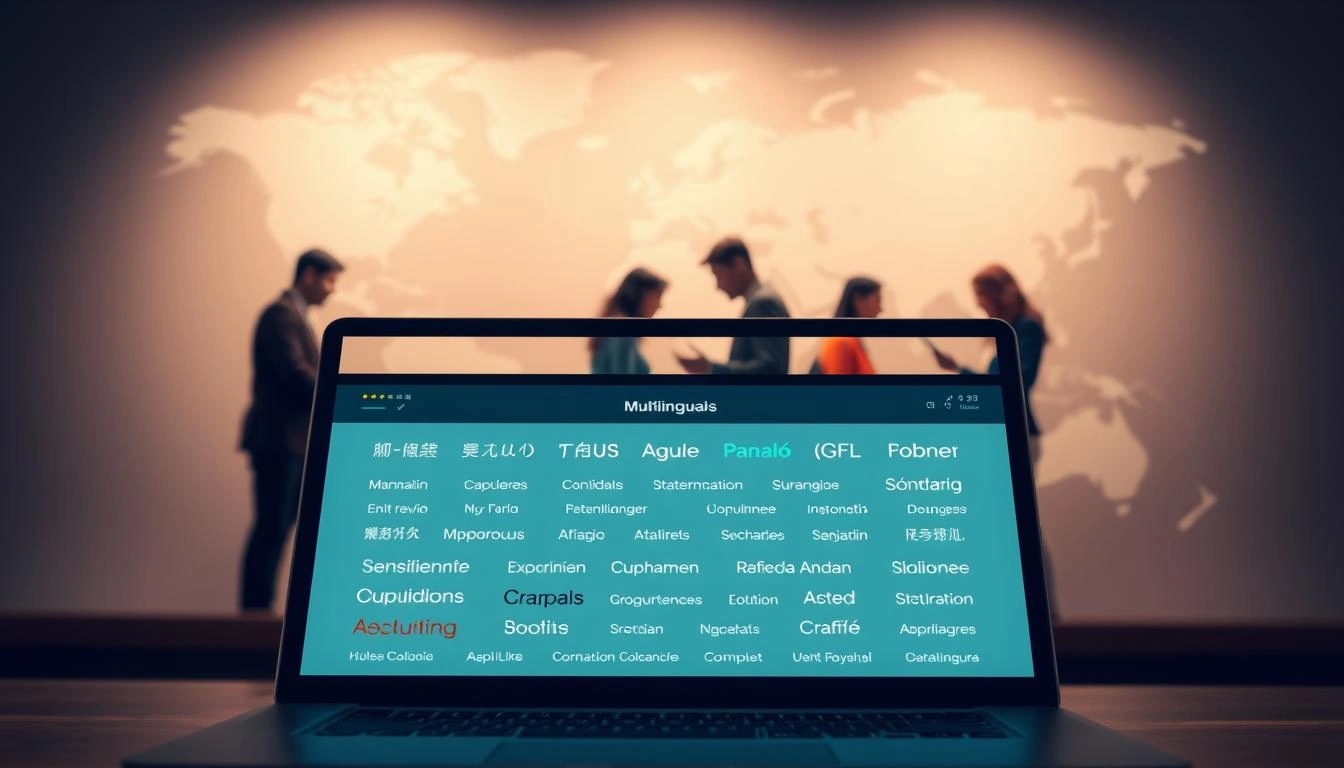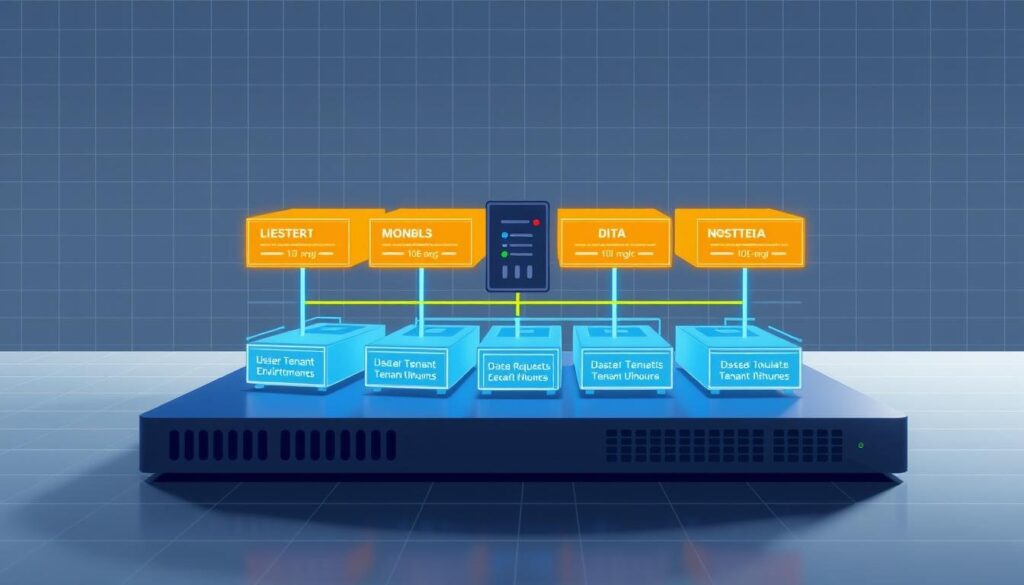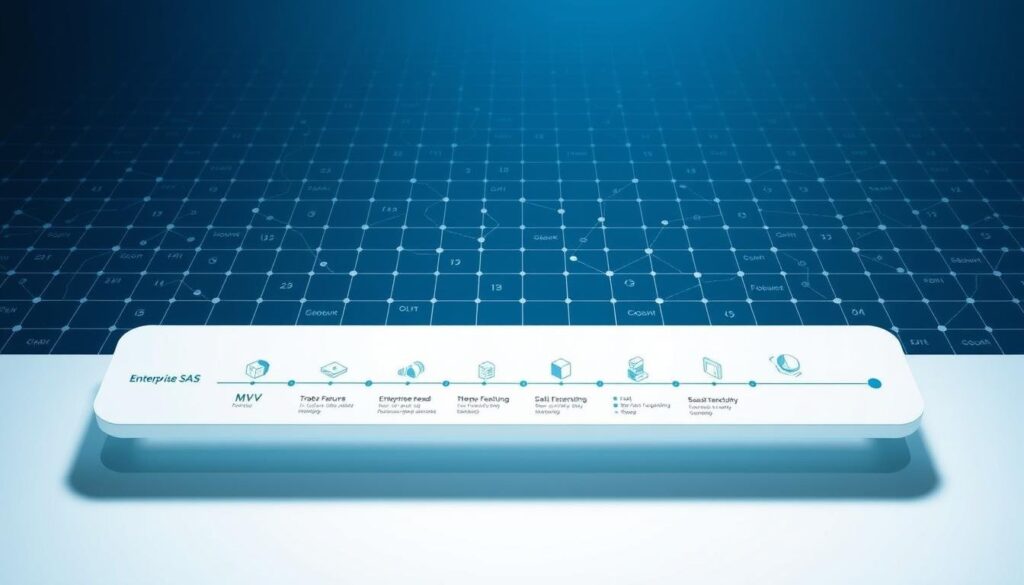What if your software’s biggest growth barrier isn’t your code—but your cultural blindspots? With the global SaaS market projected to reach $819 billion by 2030, companies face a critical choice: build products that assume universal appeal or design systems that adapt to regional needs.

True global success requires more than translating menus and buttons. Research shows 80% of consumers avoid brands lacking native language support—a costly oversight when entering new markets. Industry leaders like Pipedrive localize over 2.7 million words yearly across 24 languages, proving scalable solutions exist.
This guide reveals why treating localization as an afterthought leads to fragmented user experiences and missed revenue. We’ll explore how technical architecture, cultural research, and strategic processes combine to create products that feel locally crafted—without sacrificing speed or quality.
Key Takeaways
- 80% of global consumers prioritize native language support when choosing software
- Localization impacts revenue growth more than basic translation efforts
- Leading companies manage millions of localized words through systematic processes
- Cultural adaptation extends beyond language to payment methods and legal compliance
- Strategic internationalization reduces rework costs by 60% in expansion phases
Understanding Global SaaS and the Impact of Internationalization
Global expansion requires more than multilingual menus. True adaptation means designing systems that evolve with regional needs. Let’s explore how technical foundations enable cultural resonance.

Architecting for Cultural Flexibility
Internationalization creates technical infrastructure supporting multiple regions simultaneously. This involves:
- Unicode databases handling Japanese characters and Arabic script
- Dynamic interfaces expanding for German compound words
- APIs adjusting dates from MM/DD/YYYY to DD/MM formats
“Localization succeeds when technology anticipates variation. Systems built for single markets crumble under global demands.”
The Business Case for Cultural Coding
Companies prioritizing adaptable platforms see 47% faster market entry. Consider these impacts:
| Factor | Basic Translation | Full Localization |
|---|---|---|
| User Retention | 22% | 68% |
| Support Costs | $4.50/user | $1.90/user |
| Market Expansion Speed | 9 months | 3 months |
Netflix’s regional content algorithms demonstrate this principle. Their systems adapt thumbnails and recommendations based on cultural preferences, driving 93% international subscriber growth since 2020.
Three strategic advantages emerge:
- Reduced rework costs through centralized string management
- Faster updates across 15+ language versions simultaneously
- Consistent user experiences from Tokyo to São Paulo
Designing for Internationalization and Localization
Creating software that resonates globally starts with intentional design choices. Technical foundations determine whether your product scales smoothly or requires constant rework. Let’s explore how strategic planning prevents fragmented user experiences.
Core Design Rules for Flexibility
Text expansion isn’t optional—it’s mathematical. German requires 35% more space than English, while Arabic flows right-to-left. Build dynamic layouts using relative units (%) rather than fixed pixels. Separate translatable text from code using resource files, enabling non-technical translators to work efficiently.
Unicode support handles special characters across 150+ writing systems. Slack’s localization process demonstrates this—their interface adapts to Hebrew vowel marks without breaking button layouts.
Cultural Design Beyond Words
Colors and symbols carry hidden meanings. Red signifies luck in China but danger in Western markets. Payment method integrations require local research—Brazil’s Boleto bancário accounts for 23% of e-commerce transactions.
Use A/B testing to validate iconography. Uber’s team discovered motorcycle icons confused European users but made sense in Jakarta. Always design empty states and error messages for translation—untranslated system text erodes trust instantly.





